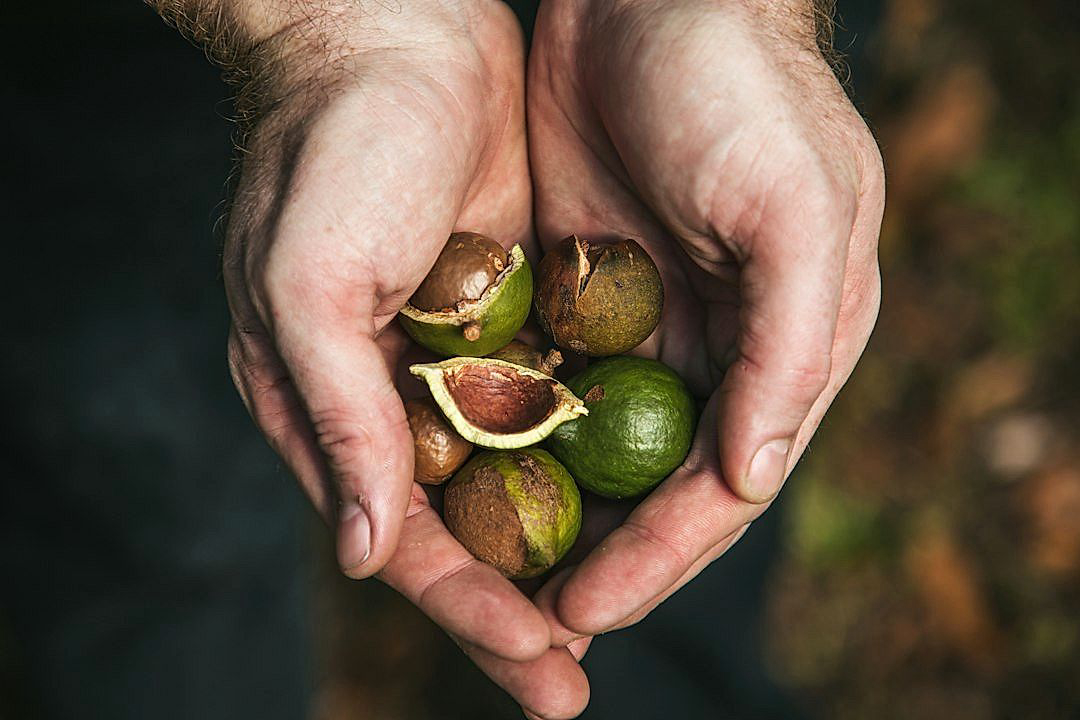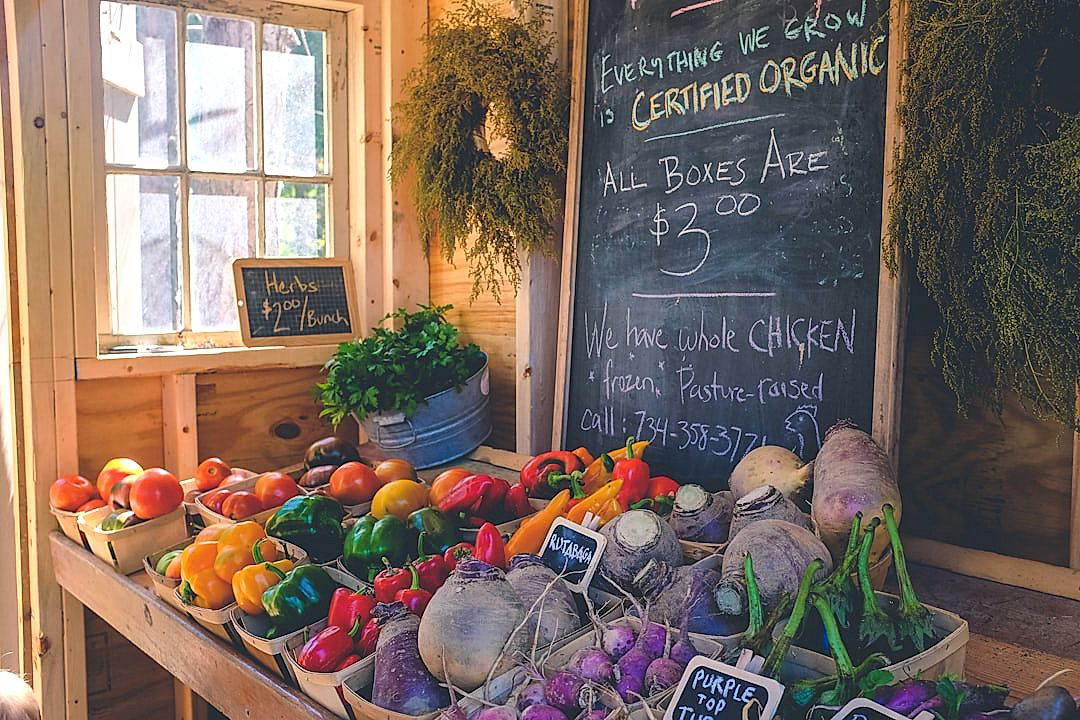As a grower, one’s primary focus remains on cultivating crops, ensuring that they are healthy and abundant.
However, the success of your enterprise goes beyond just nurturing your produce; it requires getting your products to the target market effectively.
Marketing, in this context, plays a pivotal role.
However, it is an aspect that many growers sometimes undervalue or overlook.
This article shines the spotlight on proven strategies every grower can utilize to enhance their marketing efforts.
Undoubtedly, these strategies would transform how you pitch your produce to consumers, broaden your customer base, and ultimately boost your revenue.
Ways To Market Your Produce Business As A Grower
1. Launch a website showcasing your fresh produce.
Launching a website for your fresh produce is the first step you should make when trying to expand your growing business.
This is essential as it serves as the hub for all your digital marketing efforts.
A fruitfully designed and developed website can do more for your business than any other form of media.
From your website, not only can you sell directly to your customers, but you can also educate them about the health benefits of consuming fresh produce.
The most important part of a website is the content.
> A website will allow you to tell your story, share your process, and explain why you believe in organic farming.Sharing this information can help build trust with your audience.
All too often, consumers have no idea where their food comes from, and providing transparency can really set you apart.
On your website, you can also share details about your farming practices and your dedication to sustainability.
Use your website to demonstrate your commitment to quality and your passion for farming.
High-quality pictures and videos can make a big difference – show, don’t just tell.
People want to see your produce in its natural environment and how it’s harvested to ensure it’s all done ethically.
The website can also include testimonials from satisfied customers to build trust and provide social proof.
Make your website engaging, interactive, and user-friendly.
An easy-to-navigate website with clear CTAs (Calls to Action) can substantially boost your online sales.
Remember, your website is your online storefront, keep it updated, visually appealing and mobile-friendly.
Payment facilities should be secure and reliable to encourage online orders.
An excellent website catering your fresh produce can convince potential customers to give your products a try and build loyalty with existing customers.
In the current digital age, social media is a powerful tool in marketing your produce.
It offers a platform for you to engage directly with your customers, making it easier for you to promote the fresh produce you are growing.
Make sure your content is engaging, this can be achieved by sharing pictures and videos of your farm and its daily activities.
Engage your followers by posting regularly, keeping them updated with what is currently happening on your farm.
Use hashtags relevant to your produce to capture a wider audience, especially those interested in fresh farm produce.
Another great way to create an engaging platform is by hosting challenges or contests that involve your produce.
For instance, you can encourage customers to share recipes using your produce for a chance to win a free basket of vegetables.
This not only increases interaction with your brand but also gives your customers a reason to continue purchasing your produce.
Furthermore, be responsive to comments and queries made by your followers.
The wider the engagement, the higher the chances of growing your customer base and expanding your market reach.
Paying attention to user-generated content may also provide ideas on how to improve your produce or service delivery.
Once you receive testimonials or positive feedback from customers, share it on your platforms to boost your credibility.
You may also want to collaborate with influencers in the food and health industry to further boost your visibility and credibility.
By getting someone with a large following to endorse or share your products, you can reach a larger audience, thus increasing your potential customers.
Remember, the goal is to create content that will make social media users stop scrolling, engage with your post, and ultimately, be interested in your produce.
Take a moment to understand your audience, as this will help you forge a social media strategy that targets the right consumers.
3. Organize tastings at local farmers markets.
One of the most effective ways to promote your fresh produce is to organize tastings at local farmers markets.
Having an opportunity for potential buyers to sample your product, can be a powerful tool in attracting new customers.
It’s a great way to demonstrate the quality and flavor of your produce, and it allows people to associate a pleasant experience with your brand.
When planning a tasting, it’s crucial to select produce that will show off the best of what you have to offer.
If you have a farm-certified organic apple that is particularly juicy and flavorful, for instance, you might want to include it in the tasting.
Presentation is essential as well, so consider hiring a professional cook or caterer to prepare your produce in appealing ways.
Another point to keep in mind is to use this opportunity to educate attendees about your produce.
Tell them about where your produce comes from, how they are grown, and why they are superior to supermarket alternatives.
People often appreciate learning about the source of their food and the processes involved in raising it.
This will not only offer valuable information, but also contribute in building a relationship with your customers.
Organizing a tasting can also offer a great platform to introduce your new produce or seasonal items and to test how well they are received by the customers.
A beneficial relationship with the local farmers market authorities can help you secure prime spaces for your tasting tables.
Seek out partnerships with other vendors at the market who might be able to offer complementary products for tastings.
This can create a more impressive spread, and it serves as another way to introduce more people to your fabulous products.
When you organize tastings at local farmers market, you are not only showcasing your products but also making a statement about your commitment to quality and community.
Remember, your goal should not just be to sell your produce on the spot, but to leave a lasting impression that encourages customers to return week after week.
4. Offer weekly or monthly subscription boxes
Your produce business could significantly benefit from adding a subscription service model to its current operations.
A weekly or monthly subscription box could be that unique selling point that sets your business apart from the others.
These boxes can include a variety of your fresh produce, delivered right to the customer’s doorstep on a regular basis.
This not only amplifies your market reach but also stimulates consistent demand for your produce.
Customers typically appreciate an element of surprise, and a diverse arrangement of fruits and vegetables every week or month could be just what they need.
This model also provides a chance for customers to discover and experiment with different types of produce that they may not have considered buying otherwise.
But apart from the variety, these subscription boxes may also offer convenience to your customers.
They will receive a predetermined assortment of fresh produce without the hassle of going out and selecting each item individually.
This service is especially valuable in today’s era of online shopping and home deliveries, where a substantial segment of consumers values convenience and time savings.
Moreover, when people subscribe to your boxes, they make a commitment to your business.
It results in a more predictable and steadier revenue stream for your business.
As a grower, getting to plan your harvest around these regular orders can be a major advantage.
Fulfilling these orders successfully could also enhance customer loyalty and provide free advertising via word-of-mouth.
One point to note is that you should ensure the boxes cater to varying customer preferences; some may prefer more fruits, others may favor vegetables, and some may want a balanced mix.
Don’t forget to incorporate customer feedback to constantly improve your subscription service.
5. Collaborate with Local Restaurants for Supply Deals
Positioning your produce within local restaurants can be an excellent strategy to gain visibility and expand your buyer network.
Approaching restaurant owners and chefs who prioritize fresh and locally sourced ingredients for their dishes could help forge long-lasting relationships.
It’s crucial to understand their needs, the volume they might require, and how frequently you’ll need to supply the produce.
Forming supply deals with local restaurants not only helps market your produce but also creates a steady demand for your products.
Showcasing your product’s quality and explaining how it could enhance their menu can be instrumental in securing these partnerships.
You may want to offer sampling packages so they can understand the taste and quality differences between your offering and competitors.
Familiarize yourself with the restaurant’s cooking processes and how your farm’s produce can fit into their existing or future menus.
You could also propose a farm-to-table concept, where restaurants specialize in creating dishes using the produce you supply.
This partnership is not only beneficial for your business but also adds to the restaurant’s brand value as they demonstrate their commitment to local sourcing.
Consider offering competitive prices, quick delivery turn around, and excellent customer service to stand out from other suppliers.
Restaurants will appreciate a reliable and consistent supply chain; ensure that your farming practices can accommodate their needs all year round.
A solid supply deal could lead to restaurants promoting your farm and produce in their marketing materials such as menus and social media.
Encourage your restaurant partners to share their positive experiences working with you to their patrons and through word of mouth, potentially leading to more interest in your products.
Be willing to work with various types of eateries – from upscale fine dining destinations to quaint local cafes – as each has its unique audience that could be interested in your produce.
Collaboration is a two-way street. Always look for ways to promote the restaurants you supply to increase their visibility and build stronger partnerships.
The Bottom Line
Optimizing your fresh produce business goes beyond just cultivating quality produce.
Initiating an online presence, engaging regularly with consumers through social media and direct interactions such as tastings at local markets can significantly boost your reach and appeal.
Offering subscription boxes keeps customers connected and anticipating your products regularly.
Meanwhile, forging relationships with local restaurants not only earns you consistent business deals but also further affirms quality reputation among locals.
With these strategies, your fresh produce business is bound for remarkable growth and success.




